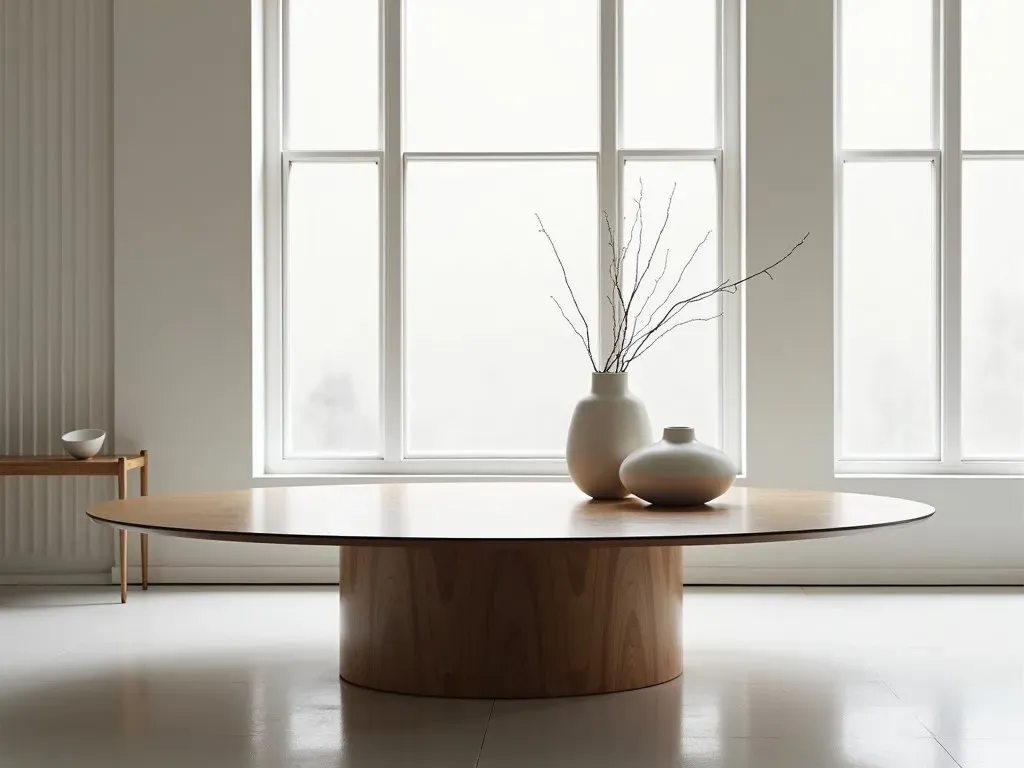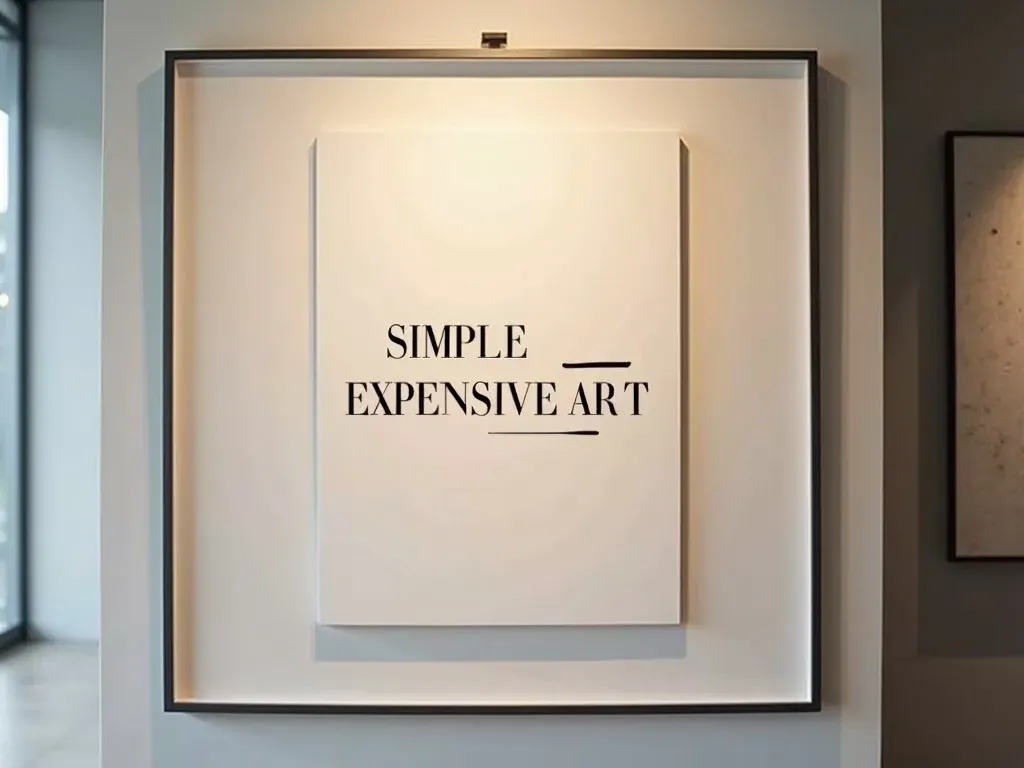In the world of art, minimalism often leads to the highest market prices. Through a selection of seemingly simple pieces labeled as “simple expensive art,” collectors are drawn to artworks that evoke powerful emotions or intellectual reflections despite their simplicity. Such artworks underscore the idea that art doesn’t have to be intricate to attain high value; sometimes, less truly is more.
When we discuss “simple expensive art,” we’re typically referring to pieces that are remarkably minimalist in design yet command exorbitant prices in auctions and galleries. The definition and appeal of this type of art lie in its ability to convey profound messages or provoke thoughtful contemplation without the complexity often associated with traditional masterpieces.
The Allure of Simplicity in Modern Art
The perception of art is continuously evolving, particularly in the realm of modern art. Artists are now encouraged, and even celebrated, for stripping down their work to its most basic forms. The following examples illustrate how a simple design can transform into a high-value investment.
Noteworthy Simple Art Pieces and Their Auction Prices
| Artwork | Artist | Sale Price (USD) | Year Sold |
|---|---|---|---|
| Black Square | Kazimir Malevich | $60 million | 2008 |
| Concetto spaziale, Attese | Lucio Fontana | $1.5 million | 2017 |
| Orange, Red, Yellow | Mark Rothko | $86.9 million | 2014 |
| Untitled (1970) | Donald Judd | $6.5 million | 2020 |
| Composition VIII | Wassily Kandinsky | $23.6 million | 2016 |

The Success of Modern Minimalism
Minimalist art strips away the excessive details, often focusing on geometric shapes, monochromatic colors, or repetitive patterns. The essence of minimalism can be seen in major installations by artists like Donald Judd, whose works challenge traditional aesthetics while drawing millions at auctions.
Famous Examples of Minimalism
- Kazimir Malevich’s “Black Square” is iconic, marking a significant moment in art history as it broke conceptual boundaries by representing pure abstraction.
- Lucio Fontana’s “Concetto spaziale, Attese” features a simple canvas with slits, yet it invites viewers to engage with the concept of spatiality, demonstrating that how art interacts with perception is crucial.
- Mark Rothko’s color fields, like “Orange, Red, Yellow,” showcase how a few swaths of color can convey complex emotional experiences.
Reference Video
The Market Dynamics of Minimalist Art
Factors Influencing Value
- Historical Significance: Many simple artworks have rich backstories, linking them to art movements that have redefined visual culture (e.g., Suprematism and Minimalism).
- Artist Reputation: The market often highly values artists with established reputations, the influence they hold within the art community, and their ability to provoke thought.
- Cultural Relevance: Art that sparks discussions or raises questions around societal themes tends to garner attention and sell for higher prices.
Recent Market Trends
According to Artsy’s extensive lists of the most expensive modern artworks, Minimalism continues its reign in the auction landscape. In 2021, Pablo Picasso’s portrait “Femme assise près d’une fenêtre” sold for $103.4 million, reinforcing the trend of high-value pieces within modern art contexts (source: Artsy).
The Nature of Value in Art
The valuation of simple artworks can be perplexing. Art that appears plain or devoid of intricate detail can command astronomical prices, leading many to question the intelligence of the art market. This phenomenon underscores art’s subjective nature, where personal taste and market dynamics collide.
The Psychology Behind Simple Art
List of Factors Influencing Buyer Decisions:
- Social Status: Owning expensive art can enhance one’s status.
- Investment: As with any market, art can serve as a financial investment, with the potential for value appreciation.
- Emotional Connection: Buyers often seek pieces that resonate with their personal experiences or evoke strong feelings.

Commonly Asked Questions
What defines “simple expensive art”?
Simple expensive art typically refers to minimalist pieces or artworks characterized by their lack of complexity, yet hold significant market value due to their artists’ reputation, unique concepts, or historical importance.
Why do some seemingly simple artworks sell for millions?
The attributes of historical significance, artist reputation, and cultural relevance contribute to the high auction prices. The emotional and intellectual engagement that these artworks provoke can also play a key role.
Are all minimalist artworks inherently valuable?
Not all minimalist artworks achieve high market prices. Factors like artist renown and public interest greatly affect valuation. Some straightforward pieces remain unnoticed, while others are celebrated.
How can one invest in simple expensive art?
Potential investors should research artists, movements, and recent sale trends. Networking within art circles and attending auctions can also improve prospects for acquiring valuable pieces.
Where can I learn more about expensive artworks?
Websites like Artsy and various auction houses often provide informative articles and catalogs highlighting significant artworks and their market trends.

Conclusion
The intersection of simplicity and high value in art suggests that gallery and auction spaces are no longer exclusively reserved for ornate masterpieces. Instead, art lovers and collectors continue to explore the depths of minimalist expression, redefining what can be coveted and why. As the art world evolves, so does our understanding of value—capturing the essence of “simple expensive art” through a lens that appreciates significance beyond mere aesthetics.
